43 what are calories on food labels
Food Labeling & Nutrition | FDA Food labeling is required for most prepared foods, such as breads, cereals, canned and frozen foods, snacks, desserts, drinks, etc. Nutrition labeling for raw produce (fruits and vegetables) and ... Food Label Claims: What You Can and Can't Trust - WebMD Food labels are meant to inform us. But often, they simply confuse us. The best way to make good nutritional choices is to know what the information means and what claims you can trust.
Food Labels: Fat & Cholesterol | Home & Garden Information Center The label does the math for you, putting all the numbers on the same scale of 0-100% DV for the day. These percentages are based on a 2,000-calorie daily diet, which is average for someone who is moderately active. Your daily values may be higher or lower depending on your calorie needs. The % DV column does not add up vertically to 100%.

What are calories on food labels
The Rules for Calorie Content on Nutrition Labels - JoeHx Blog The only food I've come across so far that doesn't use the 4-9-4 method (that is, 4 calories per gram of protein and carbohydrate, and 9 calories per gram of fat) is "low carb" bread. Check out this nutrition label for Thin Slim Foods Zero Net Carb Bread: The nutrition label for zero net carb bread. Why most food labels are wrong about calories - The Conversation Food labels say how many calories a food contains. But what they don't say is that how many calories you actually get out of your food depends on how highly processed it is. Raw versus cooked -... How To Read Food and Beverage Labels | National Institute on Aging Or you can call the U.S. Department of Agriculture's Food and Nutrition Information Center at 301-504-5414. Understanding percent Daily Value (% DV) The percent Daily Value (% DV) tells how much a nutrient in a serving of the food or beverage contributes to a total daily 2,000-calorie diet.
What are calories on food labels. Calories on the New Nutrition Facts Label | FDA For example, if you ate one serving of the food shown on the label below, you would be eating 220 calories. And two servings would be 440 calories. The terms "fat-free" and "no added sugars" do not... Reading Food Labels (for Parents) - Nemours KidsHealth Percent daily value is most useful for seeing whether a food is high or low in nutrients: A food with 5% or less of a nutrient is low in that nutrient. A food with 10%-19% of a nutrient is a good source of that nutrient. A food with 20% or more of a nutrient is high in that nutrient. The information on food labels is based on an average diet ... The New Nutrition Facts Label | FDA The U.S. Food and Drug Administration (FDA) has updated the Nutrition Facts label on packaged foods and drinks. FDA is requiring changes to the Nutrition Facts label based on updated scientific ... How to Understand and Use the Nutrition Facts Label | FDA That is two times the calories and nutrients shown in the sample label, so you would need to double the nutrient and calorie amounts, as well as the %DVs, to see what you are getting in two...
Looking at labels - British Nutrition Foundation You'll see on labels, the calorie content is given in kcal and kJ, which are short for kilocalories and kilojoules. Kilocalorie is another word for the well ...Sugar content: …in grams (g)Energy: …in calories (kcal) and kilojoules (kJ) The Basics of the Nutrition Facts Label You know about calories, but it also is important to know about the additional nutrients on the Nutrition Facts label. Protein: A percentage Daily Value for protein is not required on the label. Eat moderate portions of lean meat, poultry, fish, eggs, low-fat milk, yogurt and cheese, plus beans and peas, nuts, seeds and soy products. How to Read Nutrition Facts Label - Food Network The point is food companies know that 200 calories will look way more appealing to a shopper than 800 calories. Once again, it's companies trying to lure you in. This carries over to all the other... Understanding Food Labels | The Nutrition Source | Harvard T.H. Chan ... One might assume the small bag to contain 1 serving, but it actually contains 3 servings so that eating the whole bag provides 300 calories. With the updated label, the same size bag would show 1 serving at 300 calories. Keep in mind that the serving size is not a recommendation for everyone about how much to eat, but rather a reference point.
Food Labels | CDC If you eat the whole thing, you are eating 8 times the amount of calories, carbs, fat, etc., shown on the label. Total Carbohydrate shows you types of carbs in the food, including sugar and fiber. Choose foods with more fiber, vitamins, and minerals. Choose foods with lower calories, saturated fat, sodium, and added sugars. Avoid trans fat. Nutrition Labels 101: What's Required? What's Optional? Calories. Calories, the unit measuring the energy in food, is one of the most important requirements included in the fact panel. ... The updated nutrition facts label requirements must be implemented by January 1, 2020, (or January 1, 2021, for companies that have less than $10 million in annual sales). There will be some leniency early on, as ... How to read food labels: MedlinePlus Medical Encyclopedia Always check the serving size first. All the information on the label is based on the serving size. Many packages contain more than 1 serving. For example, the serving size for spaghetti is most often 2 ounces (56 grams) uncooked, or 1 cup (0.24 liters) cooked. If you eat 2 cups (0.48 liters) at a meal, you are eating 2 servings. Food Labels | Nutrition.gov Food labels can help you make healthy choices when buying food in grocery stores or restaurants. Labeling Organic Products. USDA, Agricultural Marketing Service, National Organic Program. Learn about organic foods, requirements, and how they are labeled. Calories on the Menu. HHS, ...
Understanding Food Nutrition Labels | American Heart Association Remember that the information shown in the label is based on a diet of 2,000 calories a day. You may need less or more than 2,000 calories depending upon your age, gender, activity level, and whether you're trying to lose, gain or maintain your weight.
Understanding Food Nutrition Labels - Calorie Control Council It is merely the amount of product that, when consumed, provides the nutrition values listed on the label. If you consume more than the stated serving size, the nutritional intake will go up in proportion with that intake. BELIEVE THE HYPE: CALORIES COUNT You may have seen conflicting arguments when it comes to calories, but calories count!
Understanding Ingredients on Food Labels - American Heart Association Understanding Ingredients on Food Labels. Food labels are an important source of information about calories and the nutritional value of the foods you eat, a crucial tool in building a heart-healthy diet. The Nutrition Facts information is always displayed in the same orderly fashion and helps you understand how much of certain nutrients that ...
How to Read the Nutrition Facts Label on Packaged Foods The American Heart Association recommends that everyone limit sugar to no more than 6 teaspoons or 100 calories a day for women, and no more than 9 teaspoons or 150 calories per day for men. Those...
Calories for Hundreds of Foods: Your Calorie Chart Database While quality of food is important for a healthy diet, quantity is also a major factor of good nutrition. Especially for anyone concerned about maintaining or losing weight, it's a good idea to regularly review a calorie database and nutrition labels to see how much fuel you're getting to feed your daily activity - and if it's too much.
Calories on the Menu | FDA Calorie labeling on menus can help you make informed and healthful decisions about meals and snacks. So, beginning May 7, 2018, calories will be listed on many menus and menu boards of restaurants...
The Science Behind Calories and Nutrition Facts Labels The calorie number we see on food labels refers to a kilocalorie (kcal), which is also known as a large calorie or a food calorie. A kilocalorie is 1 000 calories. One kilocalorie is the amount of energy it takes to heat one kilogram of water one degree Celsius at sea level.
Learn How the Nutrition Facts Label Can Help You Improve Your Health Keep your intake of added sugars to less than 10% of your total daily calories. That means if you consume 2,000 calories in a day, added sugars should account for no more than 200 calories. Read the Nutrition Facts labels on your packaged food and drinks to keep track of sugars, fats, protein, and other nutrients.
Food Labels 101: Understanding the Nutrition Facts Label Nutrition labels can be a great tool for managing a heart healthy diet, which makes it very important that you understand what you're looking at when you read a label. Nutrition labels are based on a daily 2,000 calorie diet. Depending on your age, gender and activity level, you may need to consume more or less than 2,000 calories per day, so ...
How Do They Calculate Calories on Food Labels? 22 grams of carbohydrate (22 x 4 = 88 calories) 2 grams of protein (2 x 4 = 8) ...should contain approximately 140 calories. It's important to recognize that 4-9-4 is an average, and not an exact amount. For example, 1 gram of fat in one food may yield 8.34 calories while 1 gram of fat from another food yields 9.7 calories.
Figuring Out Food Labels (for Kids) - Nemours KidsHealth The information on food labels is based on an average adult diet of 2,000 calories per day. The actual number of calories and nutrients that kids need will depend on their age, weight, gender, and level of physical activity. (For more guidance, check out the USDA's MyPlate .) Comparing Labels
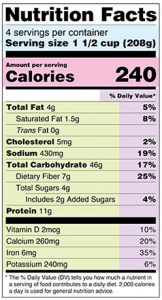
2.6 – Discovering the Nutrition Facts Food Label – Nutrition 100 Nutritional Applications for a ...
How To Read Food and Beverage Labels | National Institute on Aging Or you can call the U.S. Department of Agriculture's Food and Nutrition Information Center at 301-504-5414. Understanding percent Daily Value (% DV) The percent Daily Value (% DV) tells how much a nutrient in a serving of the food or beverage contributes to a total daily 2,000-calorie diet.
Why most food labels are wrong about calories - The Conversation Food labels say how many calories a food contains. But what they don't say is that how many calories you actually get out of your food depends on how highly processed it is. Raw versus cooked -...
The Rules for Calorie Content on Nutrition Labels - JoeHx Blog The only food I've come across so far that doesn't use the 4-9-4 method (that is, 4 calories per gram of protein and carbohydrate, and 9 calories per gram of fat) is "low carb" bread. Check out this nutrition label for Thin Slim Foods Zero Net Carb Bread: The nutrition label for zero net carb bread.


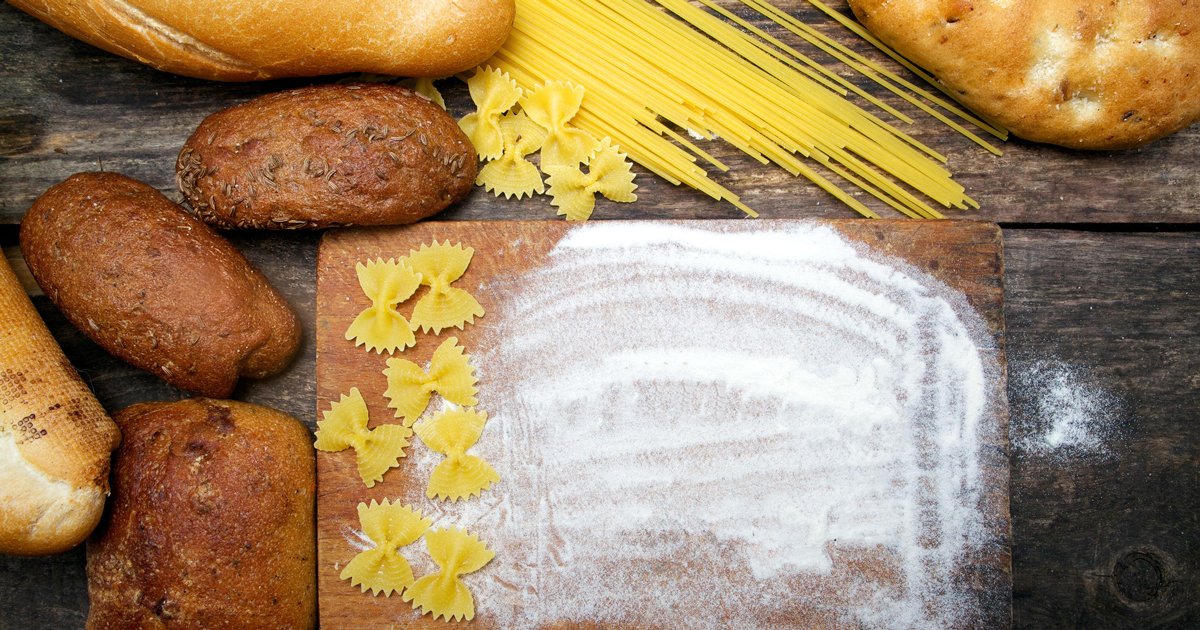



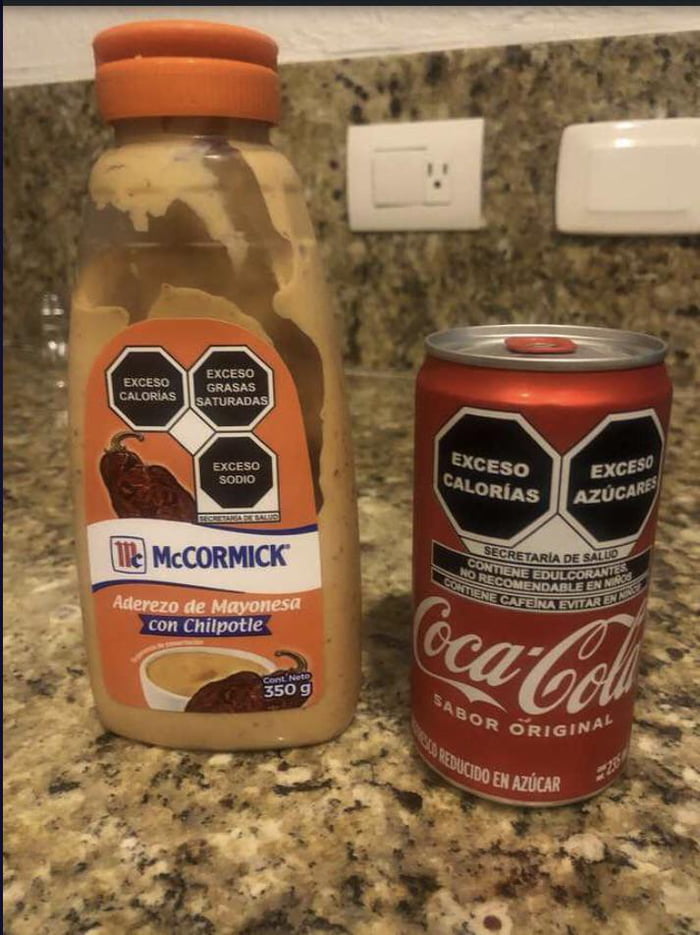
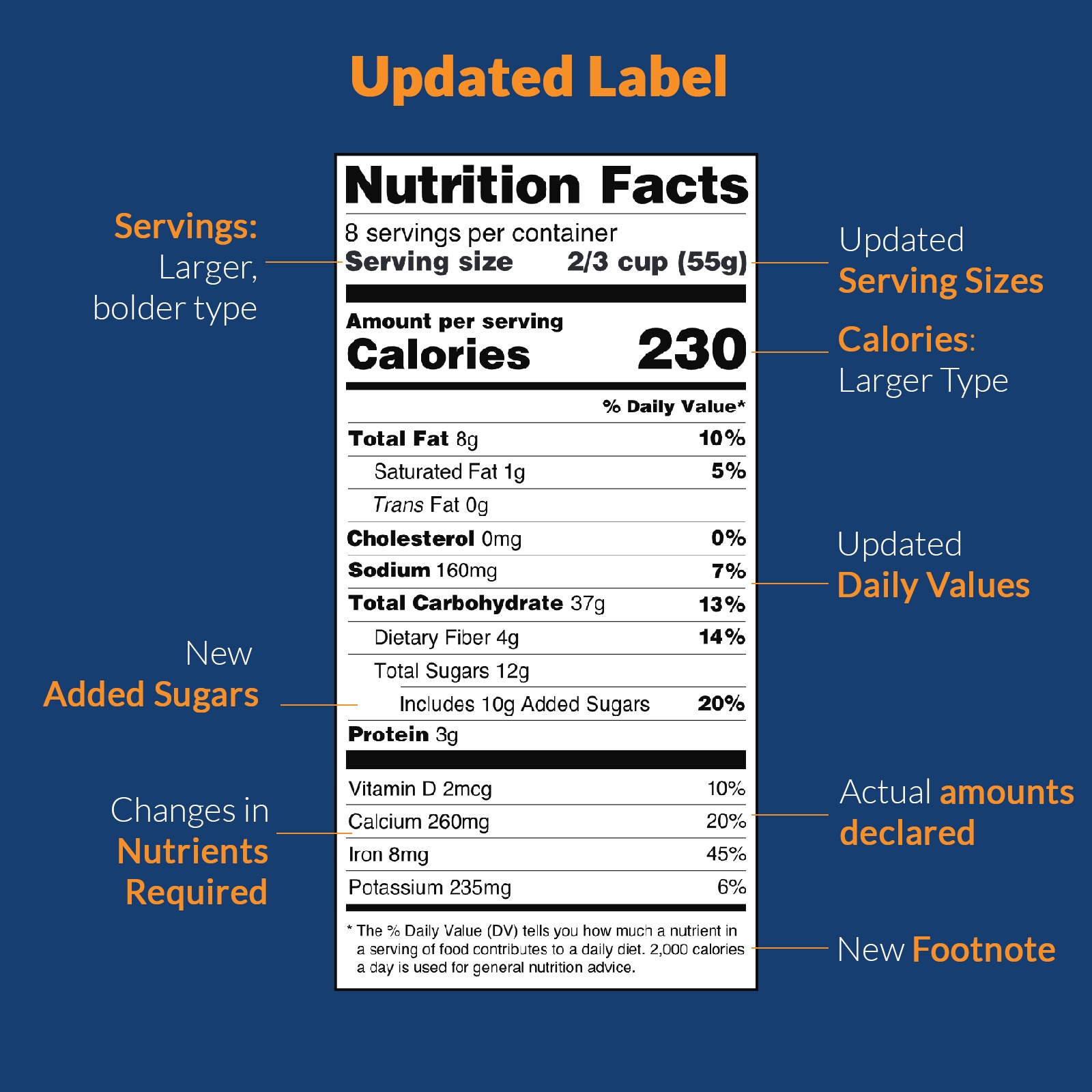

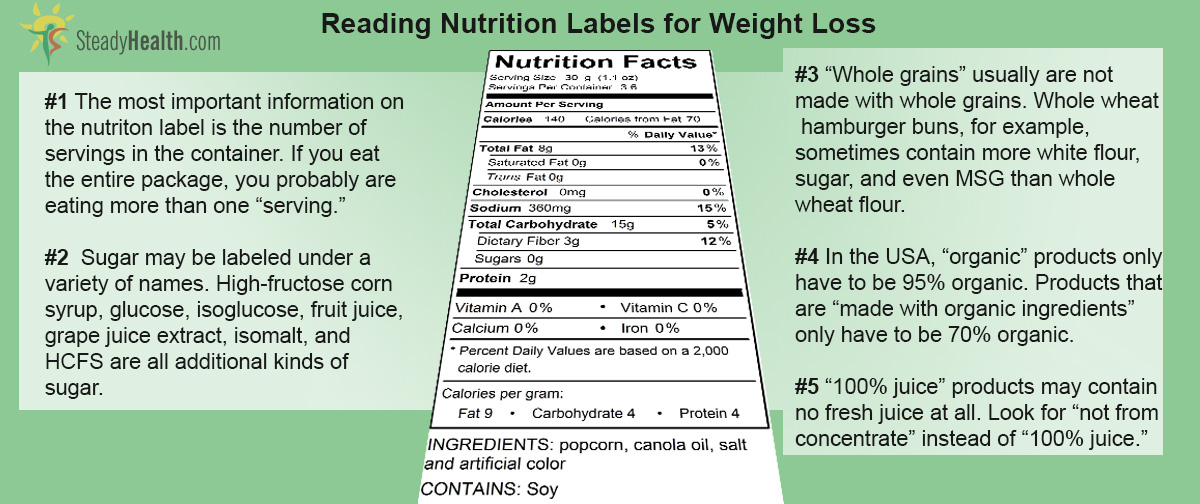
Post a Comment for "43 what are calories on food labels"